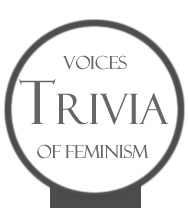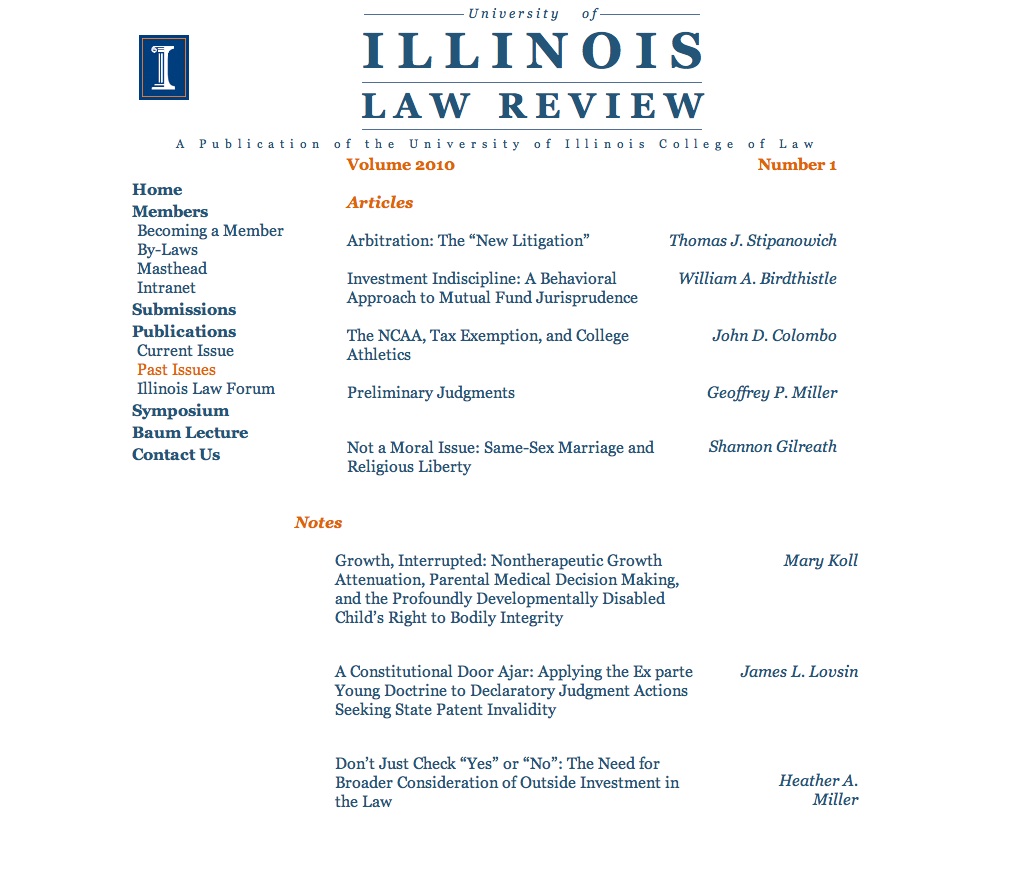Inside Higher Ed is reporting that Syracuse University has plans to be the first academic employer (and one of only a handful of employers more generally) to gross up its lesbian and gay employees’ pay to cover a portion of the taxes that they owe on their domestic partner health insurance coverage. (Hat tip to Paul Caron at TaxProf.) The story reports that this decision has generated some controversy on campus.
An associate professor of law and public policy and president of the Syracuse chapter of the American Association of University Professors opposes these benefits. Here is what Prof. Cihon had to say, as reported in the article:
What troubles him, he said, is that the planned $1,000 payments are effectively only available to one class of people — gay employees with partners on benefits — and could never be available to employees married to or in domestic partnerships with people of the opposite sex.
“I appreciate and understand the rationale and intent, but now the employer is treating different people differently, and they are giving additional compensation to some groups because of sexual orientation,” said Cihon. He added that he believes the provision may violate New York State’s human rights statute, which bars sexual orientation discrimination in employment. “This would clearly be discrimination,” he said.
Cihon said that while he and others would have philosophical issues with the proposal regardless of its overall context, it was relevant that it is part of a plan that, in total, will result in many people seeing a reduction in benefits. “They are taking money out of my retirement,” he said.
Let’s provide some context for these comments. As I explain (beginning on p. 8) in a paper that I recently published in theJournal of Legal Education, the problem that Syracuse is trying to address stems from a conflict between a well-meaning employer and a federal government that is overtly hostile to same-sex couples. The university has tried to equalize the pay packages of its employees by providing the same fringe benefits to its lesbian and gay employees that it provides to its heterosexual employees. Through the tax laws, however, the federal government steps in to restore the privileged position of the university’s married heterosexual employees by levying a tax on the university’s contribution to domestic partner health insurance coverage. This tax cost insures that, despite receiving the same nominal pay package as their heterosexual peers, the university’s lesbian and gay employees will take home significantly less pay.
This tax cost is prohibitive and probably contributes to the low participation rate for domestic parter health insurance coverage. For example, I explain in the paper mentioned above that, to add my partner to my health insurance coverage, it would cost me about two and one-half times what it would cost one of my married heterosexual colleagues in the same tax bracket to add a spouse to university health coverage. As a result, even though my health insurance plan is better than my partner’s, we have foregone adding him to my insurance because the extra cost (about $1,800 per year in federal income tax alone) outweighs the benefit of getting him on a better health insurance plan. In the end, these benefits tend to be helpful only where the alternative is purchasing health insurance out in the market on one’s own, where the cost of health insurance can be even more prohibitive. By providing a $1,000 payment to its lesbian and gay employees to cover a portion of the taxes, Syracuse University is attempting to make sure that extending health insurance coverage to domestic partners is more than a mere gesture to its lesbian and gay employees.
With this background, let me explain why I find Prof. Cihon’s comments so profoundly troubling. First, he argues that these payments–which are designed to ensure that the university’s attempt at rectifying discrimination against certain of its employees is both more meaningful and complete–are discriminatory because they won’t be made to the individuals who directly benefited from the past discrimination the university is attempting to rectify. (By way of aside, let’s not forget that, while Prof. Cihon bemoans the availability of fewer dollars for his retirement, the lesbian and gay employees of Syracuse University spent decades getting fewer dollars for performing the same work as their married heterosexual peers, making more dollars available to subsidize the larger fringe benefits packages of heterosexual employees.) But, given the effective pay differential between the university’s lesbian and gay employees and its heterosexual employees, providing the same payment to all employees simply replicates extant discrimination. For example, if there is an $1,800 differential in take home pay between two employees–one gay, one straight–in the 28% tax bracket (as posited above), a $1,000 payment to the gay employee would reduce that differential to $1,080 ($1,800 – $720, which is the $1,000 after payment of tax at 28%). If that same $1,000 payment were made to the straight employee, the pay differential would jump right back up to $1,800 (because the straight employee would see an offsetting $720 jump in his take-home pay). So, the only way to rectify discrimination is by further entrenching it?!?
To be fair, Prof. Cihon does state that he thinks the university should instead lobby for the repeal of the federal income tax on domestic partner health insurance coverage. In fact, there is a provision in the House of Representatives’ health reform bill that would do just that. But the likelihood of us seeing comprehensive health reform, let alone reform that includes such an LGBT friendly provision, grows increasingly dim by the day. Faced with this reality, telling your employees that you are “working for repeal” is of little comfort to those who would take advantage of the benefit, if only the playing field were leveled somewhat.
To my mind, even worse is the fact that Prof. Cihon’s argument also seems to accept the status quo of discrimination as a base line from which we cannot depart. This is probably best illustrated by taking a different, non-sexual-orientation-based example: Women still don’t receive equal pay for equal work. What if Syracuse University were to make a conscious effort to ensure that its female employees were paid the same as its male employees by increasing their pay to eliminate any vestige of gender discrimination? That, too, would leave fewer dollars available for Prof. Cihon’s retirement while attempting to rectify past discrimination. Is that payment discriminatory because it’s not available to the men who benefited from past wage discrimination against women? Put differently, under his argument, is it ever possible to redress wage discrimination because it will always result in some shift in available dollars from the group that benefited from discrimination to the group that was the subject of the discrimination? The implications of Prof. Cihon’s argument are simply untenable.
-Tony Infanti






 Six members of the Sigma Gamma Rho sorority at Rutgers-New Brunswick have been arrested and charged with aggravated hazing. According to one local news source (
Six members of the Sigma Gamma Rho sorority at Rutgers-New Brunswick have been arrested and charged with aggravated hazing. According to one local news source (









 Feminist Law Prof
Feminist Law Prof 